What is Dai? (DAI)
Dai (DAI) is a stablecoin, a type of cryptocurrency designed to maintain a stable value relative to a specific asset or basket of assets. In the case of Dai, it is soft-pegged to the U.S. Dollar, meaning that 1 DAI is intended to always be worth approximately 1 USD. However, unlike traditional stablecoins that are directly backed by fiat currency in reserves, Dai’s stability is maintained through over-collateralization and algorithmic mechanisms.
Dai operates on the Ethereum blockchain and is managed by the Maker Protocol, a decentralized platform. Its issuance and governance are controlled by MakerDAO, a decentralized autonomous organization (DAO) where the community governs the protocol using the Maker (MKR) token.

Who created Dai?
Dai was created by the Maker Foundation, which was founded in 2014 by Rune Christensen. The goal of the Maker Foundation was to create a decentralized credit system that would allow users to take out loans collateralized by cryptocurrencies.
In 2017, Dai officially launched as part of the Maker Protocol, providing a non-volatile asset for use in decentralized finance (DeFi) applications. Over time, the Maker Foundation handed over control of the protocol to MakerDAO, allowing the community of MKR token holders to govern and vote on protocol changes, updates, and risk parameters.
How does Dai work?
Dai operates within the Maker Protocol, and its creation is governed by smart contracts on the Ethereum blockchain. Here’s how the system works:
- Collateralization:
- Users can lock up a variety of crypto-assets (e.g., Ether (ETH), Wrapped Bitcoin (WBTC), and others) as collateral in Maker Vaults (previously known as Collateralized Debt Positions, or CDPs).
- Issuing Dai:
- When the collateral is locked in a Vault, the user can generate Dai by borrowing against that collateral. The amount of Dai that can be borrowed depends on the collateralization ratio, which is a percentage that ensures the debt is over-collateralized.
- The collateralization ratio ranges from 101% to 175%, depending on the specific asset used. For example, if a user locks up $1,000 worth of Ether and the collateral ratio is 150%, the user can borrow up to $667 worth of Dai.
- Liquidation:
- If the value of the collateral falls below the required collateralization ratio due to market fluctuations, the system will automatically liquidate the collateral to cover the borrowed Dai. This helps maintain the stability of Dai and prevents the system from becoming under-collateralized.
- Stability Fee:
- Users who generate Dai must pay a stability fee (interest rate) when they repay the loan. This fee is paid in MKR tokens, the governance token of the MakerDAO system. The stability fee can vary based on the risk of the collateral type and the voting decisions made by the MakerDAO community.
- Burning and Minting:
- Dai is minted (created) when collateral is locked in a Maker Vault, and it is burned (destroyed) when the loan is paid back, thus maintaining the supply of Dai in circulation.
Why use DAI?

- Stability:
- Dai provides the stability of the US dollar while maintaining the benefits of cryptocurrency (speed, security, transparency). It is particularly useful for users who want to avoid the price volatility that often plagues other cryptocurrencies like Bitcoin (BTC) or Ethereum (ETH).
- Decentralization:
- Dai is fully decentralized and not controlled by a central entity. Instead, it is governed by the MakerDAO, a community-driven organization. This makes it attractive to users who value decentralized systems over centralized institutions.
- Access to DeFi:
- Dai is widely used in Decentralized Finance (DeFi) applications. It is often used as collateral for lending platforms, trading pairs, or to earn interest via decentralized lending protocols like Compound or Aave.
- Borderless:
- Like other cryptocurrencies, Dai can be sent, received, and used globally without the need for traditional financial intermediaries like banks, reducing transaction fees and delays.
- Loan Access:
- Dai allows users to access collateralized loans without the need for a credit check or involvement of banks. Instead, users lock up crypto assets (like Ether) in the Maker Protocol, and in return, they can generate Dai. When they repay the loan, they receive their collateral back, minus any stability fees.
Why is DAI useful?
- Risk Mitigation in Volatile Markets:
- Since Dai is pegged to the U.S. dollar, it helps traders and investors protect their value from the extreme volatility of other cryptocurrencies. For instance, a trader who holds a large amount of Bitcoin (BTC) may choose to move into Dai during a market downturn to protect against price drops.
- Lower Transaction Costs:
- Dai allows for low-cost transactions across borders. It avoids the fees and delays associated with traditional fiat transfers that go through banks or financial institutions.
- DeFi Lending and Borrowing:
- Dai is frequently used as a lending asset within DeFi protocols. Users can lock up crypto assets to generate Dai, and then use Dai to participate in lending or liquidity provision, earning interest or rewards in the process.
- Earn Passive Income:
- Users can hold Dai and participate in DeFi platforms to earn interest, or they can use it to back loans in decentralized lending protocols, earning passive income on their holdings.

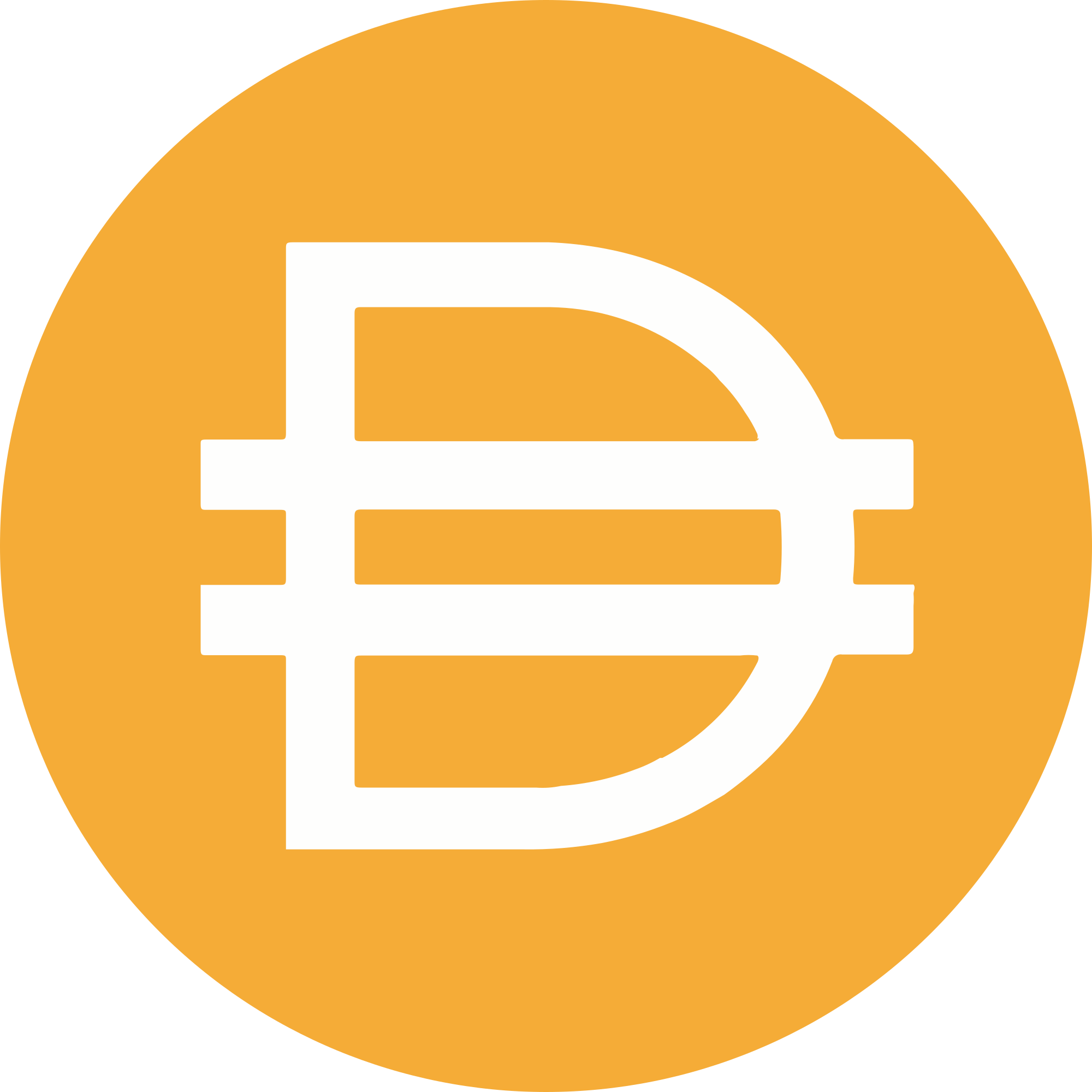
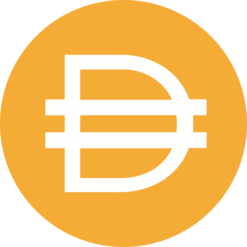





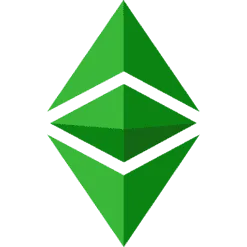



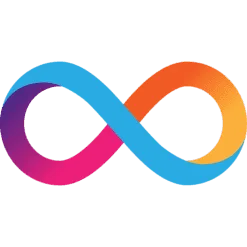
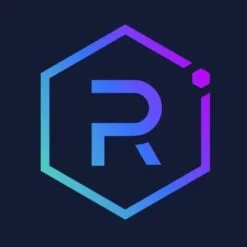
Jeffski –
DAI is good !